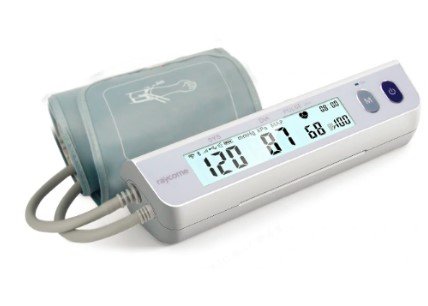Packaging Options for Medical Devices from Chinese OEM Companies: Sterile Barrier, Blister, and Pouch Packaging
Summary
- Chinese OEM companies offer a wide range of packaging options for medical devices, including sterile barrier packaging, blister packaging, and pouch packaging.
- These packaging options are designed to ensure the safety and integrity of the medical devices during shipping and storage.
- By choosing the right packaging option, medical lab and phlebotomy professionals can ensure that the devices they receive are in optimal condition for use.
Introduction
Medical lab and phlebotomy professionals rely on a variety of medical devices to perform their day-to-day tasks. From blood collection tubes to diagnostic equipment, these devices play a critical role in providing quality patient care. When it comes to sourcing these devices, many healthcare facilities turn to Chinese original equipment manufacturer (OEM) companies for affordable and reliable options. One key aspect to consider when working with Chinese OEM companies is the packaging options they offer for medical devices. In this article, we will explore the different packaging options available and how they can benefit medical lab and phlebotomy professionals in the United States.
Sterile Barrier Packaging
Sterile barrier packaging is a common packaging option offered by Chinese OEM companies for medical devices. This type of packaging is essential for ensuring the sterility and integrity of the devices during shipping and storage. Sterile barrier packaging typically consists of a pouch or bag made from materials such as Tyvek or polyethylene, which are designed to maintain a sterile environment inside the package.
- Benefits of Sterile Barrier Packaging:
- Prevents contamination: Sterile barrier packaging helps to prevent contamination of the medical devices during transport and storage.
- Ensures product integrity: By maintaining a sterile environment, sterile barrier packaging helps to ensure that the medical devices remain in optimal condition until they are ready to be used.
- Complies with Regulations: Many regulatory bodies require medical devices to be packaged in sterile barrier packaging to ensure patient safety.
Blister Packaging
Blister packaging is another popular packaging option offered by Chinese OEM companies for medical devices. This type of packaging consists of a plastic or aluminum tray with compartments that hold the individual devices securely in place. The tray is then sealed with a clear plastic or foil covering to protect the devices from damage and contamination.
- Benefits of Blister Packaging:
- Easy identification: Blister packaging allows medical lab and phlebotomy professionals to easily identify and access the devices they need for a particular procedure.
- Tamper-evident: The sealed nature of blister packaging provides a clear indication if the package has been opened or tampered with, ensuring the safety and integrity of the devices.
- Customizable: Blister packaging can be customized to fit the specific size and shape of the medical devices, providing a tailored packaging solution.
Pouch Packaging
Pouch packaging is a flexible and cost-effective packaging option offered by Chinese OEM companies for medical devices. This type of packaging consists of a heat-sealed pouch made from materials such as paper, plastic, or foil. Pouch packaging is commonly used for single-use disposable items such as gloves, swabs, and syringes.
- Benefits of Pouch Packaging:
- Cost-effective: Pouch packaging is a cost-effective option for packaging single-use medical devices, as it requires minimal material and labor.
- Easy to store: Pouch packaging is compact and lightweight, making it easy to store and transport in large quantities.
- Protects against moisture: The heat-sealed nature of pouch packaging helps to protect the medical devices from moisture and contamination.
Conclusion
When sourcing medical devices from Chinese OEM companies, it is important for medical lab and phlebotomy professionals to consider the packaging options available. Sterile barrier packaging, blister packaging, and pouch packaging are three common options that can help ensure the safety and integrity of the devices during shipping and storage. By choosing the right packaging option, healthcare facilities can have confidence that the medical devices they receive are in optimal condition for use.

Disclaimer: The content provided on this blog is for informational purposes only, reflecting the personal opinions and insights of the author(s) on the topics. The information provided should not be used for diagnosing or treating a health problem or disease, and those seeking personal medical advice should consult with a licensed physician. Always seek the advice of your doctor or other qualified health provider regarding a medical condition. Never disregard professional medical advice or delay in seeking it because of something you have read on this website. If you think you may have a medical emergency, call 911 or go to the nearest emergency room immediately. No physician-patient relationship is created by this web site or its use. No contributors to this web site make any representations, express or implied, with respect to the information provided herein or to its use. While we strive to share accurate and up-to-date information, we cannot guarantee the completeness, reliability, or accuracy of the content. The blog may also include links to external websites and resources for the convenience of our readers. Please note that linking to other sites does not imply endorsement of their content, practices, or services by us. Readers should use their discretion and judgment while exploring any external links and resources mentioned on this blog.
